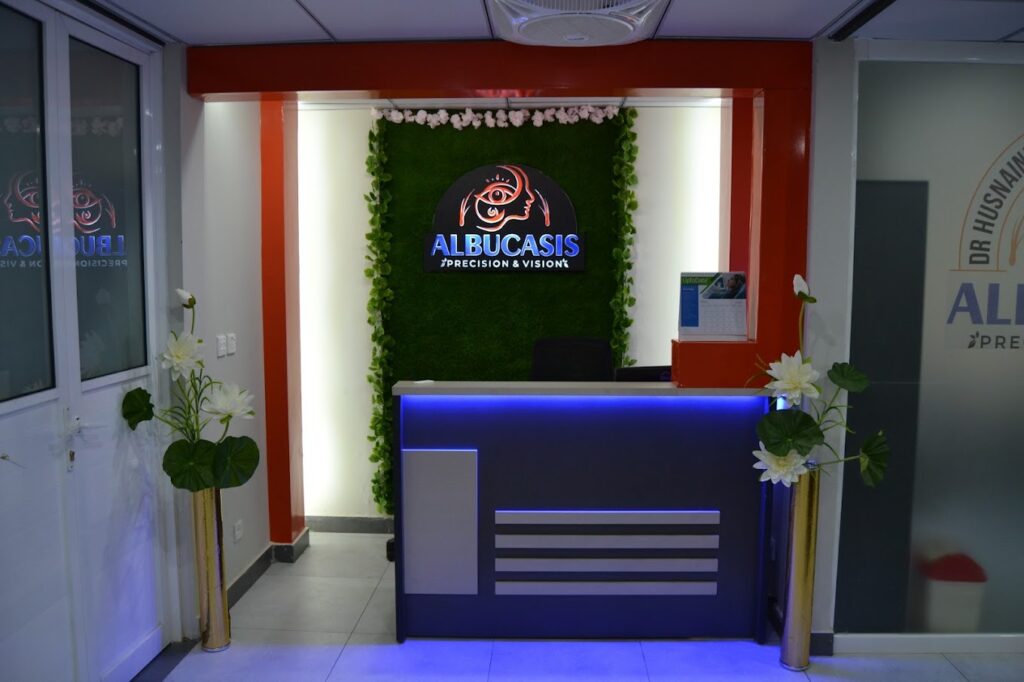Facelift: Everything You Need to Know
A facelift, or rhytidectomy, is a cosmetic surgical procedure designed to restore a youthful appearance by tightening facial skin, reducing wrinkles, and repositioning sagging tissues. It effectively addresses signs of aging, such as deep creases, jowls, and loose skin, giving a refreshed and rejuvenated look.
Ideal Candidates for a Facelift
A facelift is best suited for individuals who:
- Have noticeable skin laxity and sagging in the face or neck.
- Exhibit deep wrinkles or facial folds, especially around the mouth and nose.
- Experience jowls (loose skin along the jawline) or a double chin.
- Are in good general health with no underlying conditions that impair healing.
- Have realistic expectations about the outcomes of the procedure.
Why Do You Need a Facelift?
Aging leads to collagen loss, skin laxity, and volume depletion, making the face appear tired or older than one feels. A facelift can:
- Reverse the effects of gravity and aging.
- Restore youthful contours and definition to the face and jawline.
- Improve self-confidence and satisfaction with appearance.
- Provide long-lasting results that are more dramatic than non-surgical treatments like fillers or Botox.
Types of Facelifts
There are different types of facelifts, each catering to specific concerns:
1. Traditional (Full) Facelift
- Targets moderate to severe facial aging.
- Involves incisions along the hairline and around the ears to lift and reposition deep tissues.
- Provides the most comprehensive and long-lasting results.
2. Mini Facelift
- Ideal for those with mild to moderate sagging.
- Involves smaller incisions and quicker recovery.
- Best for younger patients or those seeking subtle improvements.
3. Mid-Facelift
- Focuses on cheeks and under-eye areas.
- Addresses deep nasolabial folds and volume loss in the mid-face region.
- Less invasive than a full facelift.
4. Neck Lift (Lower Facelift)
- Targets loose skin and excess fat in the neck and jawline.
- Can be done alone or combined with a facelift for optimal results.
The Procedure of a Facelift
1. Consultation and Planning
- A plastic surgeon evaluates facial structure and skin condition.
- Personalized recommendations and customized surgical plans are made.
2. Anesthesia
- General anesthesia or local anesthesia with sedation is used to ensure a comfortable experience.
3. Incisions and Tissue Repositioning
- Incisions are made along the hairline, around the ears, and possibly under the chin.
- Underlying muscles and tissues are lifted and tightened for a natural appearance.
- Excess skin is trimmed, and incisions are carefully closed.
4. Recovery Process
- Swelling and bruising are common for the first few weeks.
- Most patients can return to work within 2-3 weeks.
- Full results become visible within 3-6 months after healing.
What Are The Benefits of a Facelift?
- Dramatic anti-aging effects that restore a youthful appearance.
- Enhanced facial definition, especially in the jawline and cheek areas.
- Long-lasting results (typically 10-15 years).
- Improved self-confidence and satisfaction with appearance.
- Natural-looking rejuvenation, avoiding the “pulled” look with expert techniques.
Limitations of a Facelift
- A facelift cannot stop aging but can significantly reduce its effects.
- It does not improve skin texture, sun damage, or pigmentation (which may require additional treatments like laser resurfacing).
- Results may vary based on skin type, genetics, and lifestyle.
- Over time, some sagging and wrinkles may reappear, but the improvement remains substantial.
What Are The Risks of a Facelift?
Like any surgery, a facelift carries some risks, including:
- Scarring, although incisions are usually well-hidden.
- Swelling, bruising, and temporary numbness in treated areas.
- Infection or bleeding, though rare with proper care.
- Asymmetry or dissatisfaction with results, which may require revision surgery.
- Prolonged healing in smokers or individuals with certain medical conditions.
Cost of a Facelift
The cost of a facelift varies depending on:
- The surgeon’s expertise and location.
- The type of facelift performed.
- Additional procedures included (e.g., eyelid lift, fat grafting).
On average, a facelift can cost between $8,000 to $25,000, depending on the complexity and surgeon’s fees. Insurance does not cover cosmetic facelifts, but financing options may be available.
Final Thoughts
A facelift is a powerful way to rejuvenate your face, restoring youthful contours and confidence. While non-surgical treatments can offer temporary improvements, a facelift provides long-lasting and transformative results. If you’re considering the procedure, consult a board-certified plastic surgeon to discuss your goals and determine the best approach for you.
Would you like any modifications or additional details on a specific section? 😊


